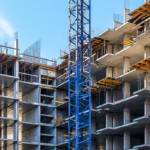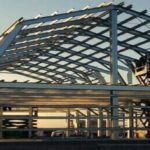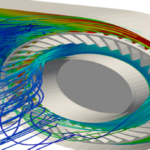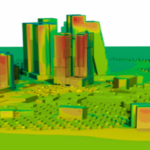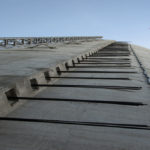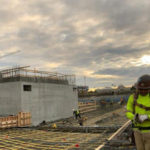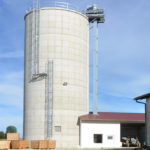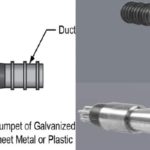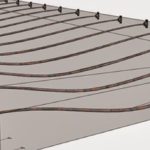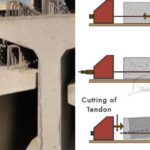Blog
Design Criteria Of Steel Structures

Many raw materials have been used in the construction industry from past to present. The construction sector, which has continued in the primitive periods by using stone and wood and constructing similar structures, is now divided into many sub-headings with the advancement of technology. Reinforced concrete, steel and composite structures are some of these headings.
The use of steel material in the construction industry dates back to the 18th century. Steel has been used as a carrier system in many buildings such as bridges, buildings, factories, etc. Compliance with the 3E in Turkish (safety, economy and aesthetics) principle underlying engineering has made steel indispensable over time. It can be put into architectural aesthetic forms, ease of manufacture, time and economic advantages have made steel one of the main materials in the construction sector.

At the beginning of the construction, the material is chosen depending on the features such as the function, purpose of use, usage period and geographical location of the building. In addition to being a homogeneous and isotropic material, structural steel provides great advantages with its high strength and ductile properties. Its aspects such as its high modulus of elasticity and its close tensile / compressive strength are also remarkable.
In case steel is chosen as material; Thanks to on-site assembly, construction time can be shortened and disruptions due to adverse weather conditions are minimized. Repair and strengthening processes are easier than those in which other materials are used. Optimization is possible in the carrier system elements. While the number of vertical bearing elements can be minimized, economic gain can be obtained by using thinner sections in beams and slab elements. Since the structure will be light, it takes less earthquake load and since the material will show ductile behavior, it can absorb the earthquake energy better. It can be used as steel scrap in the buildings whose usage period is over, and environmental damage can be minimized.
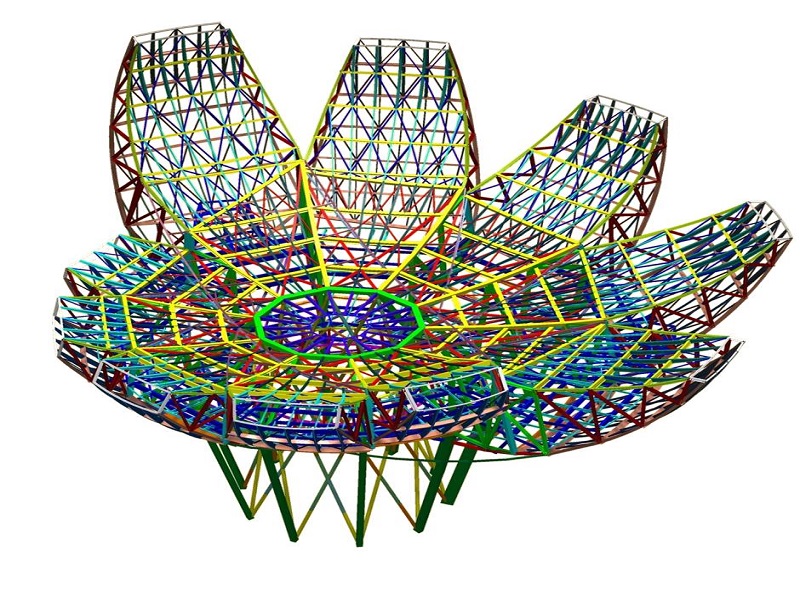
Although there are different design approaches according to the steel building carrier system in the regulations, it is useful to comply with the following design criteria in general;
- Structure elements should be dimensioned in consideration of the “Regulation on Design, Calculation and Construction Principles of Steel Structures” and the relevant earthquake regulations.
- Load combinations including earthquake effect in design should be taken from the relevant regulations.
- The upper / lower heads of the steel beams in the horizontal load bearing systems should be supported against lateral buckling.
- In systems where steel frames with central braces are used as a carrier system, even in the case of buckling of the braces exposed to pressure, the system should be dimensioned so that no significant strength loss occurs in the system. In these systems, at least 30% and maximum 70% of the horizontal forces must be carried by the crosses operating under pressure.
- In systems using eccentric braced steel frames as the carrier system, columns, braces and other beams should be sized in such a way that they remain in the elastic zone while the tie beams change plastic deformation. Tie beams should be supported laterally.
- In case of using braced steel frames with anti-buckling, they should be sized according to the cross members reaching to flow under tensile / pressure forces. The contribution of these elements to vertical load transfer may not be taken into consideration.
- Diaphragm elements should be dimensioned in such a way that the earthquake forces acting on the masses of the floors are safely transferred to the vertical bearing elements.
The design criteria given above can be increased in more detail. Steel structure design criteria are too much to be explained with a few items.
Since the day it started to serve, İntaç has signed many steel construction projects and increases its steel construction experience day by day by taking part in projects around the world.
Latest Blog
-
Silo Static Project
29 July 2024 -
Methods Used In Earthquake Performance Analysis
4 July 2024 -
Reinforced Concrete Calculation Static Report
31 January 2024 -
Steel Calculation Static Report
31 January 2024 -
What Is CFD Analysis?
22 December 2023 -
What Are The Benefits Of CFD Analysis?
22 December 2023 -
Silo Reinforcement with Post-Tensioning Method
26 September 2023 -
Post Tensioning Method in Cantilever Slabs
4 September 2023 -
Post-Tensioning Application In Reinforced Concrete Silos
22 August 2023 -
Components Of Post Tensining
16 August 2023 -
What Are Pre-Stressing And Post-Tensioning?
11 August 2023 -
What is Prestressing?
8 August 2023 -
History Of Post Tensioning
8 July 2023





